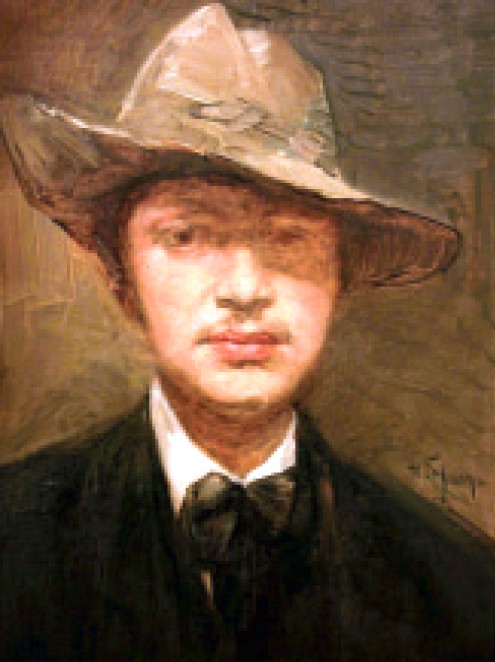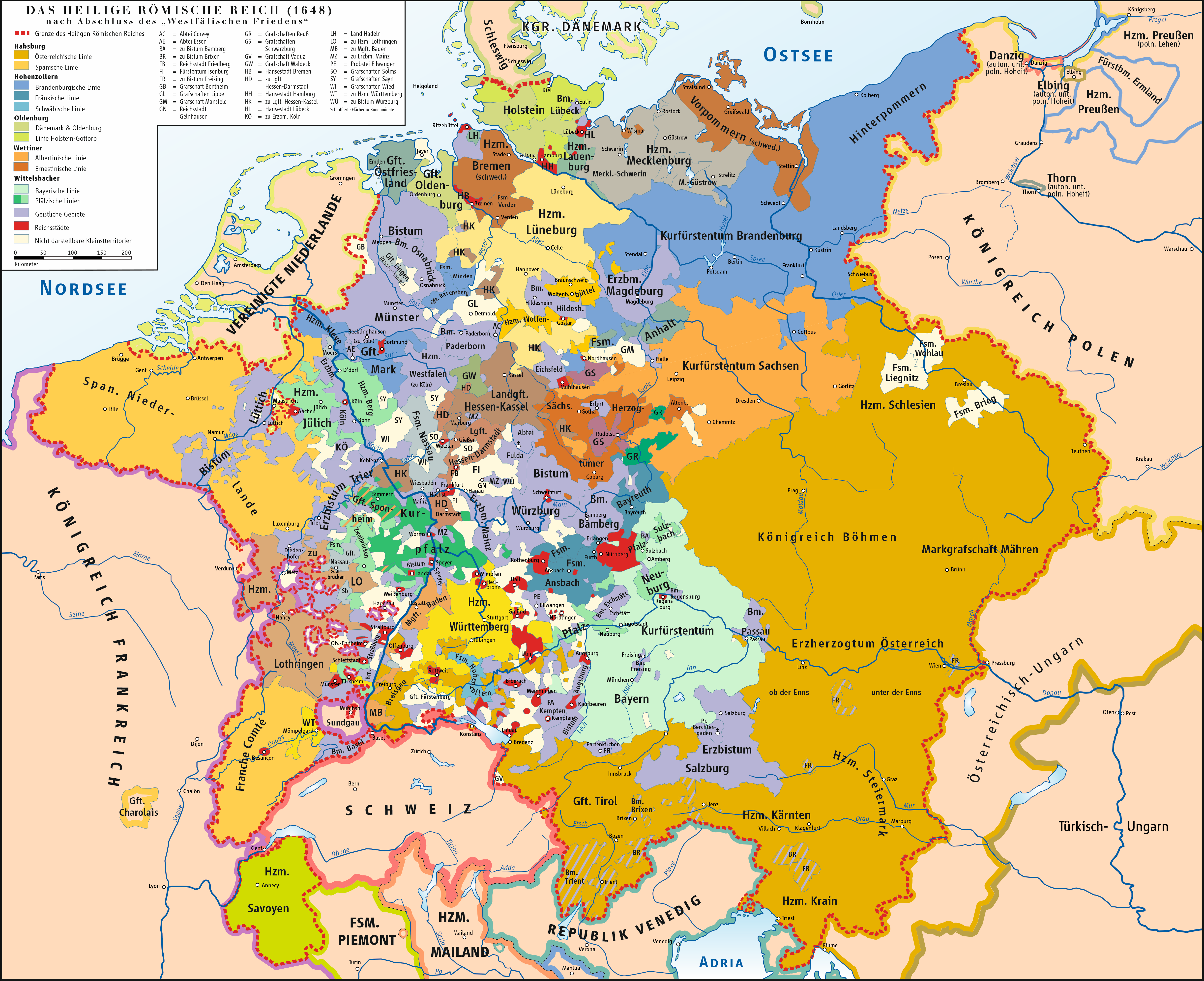|
Cincu
Cincu (; Transylvanian Saxon dialect, Transylvanian Saxon: ''Schoink''; ) is a commune in Brașov County, Transylvania, Romania. It is composed of two villages, Cincu and Toarcla (''Tarteln''; ''Kisprázsmár''). Each of these has a fortified church. Geography The commune is located in the northwestern part of the county, on the border with Sibiu County. It lies in the southern reaches of the Transylvanian Plateau, on the banks of the rivers Cincu (river), Cincu and Pârâul Nou, both right tributaries of the river Olt (river), Olt. The nearest city is Făgăraș, some away; the county capital, Brașov, is to the southeast, while the city of Sibiu is to the west. The commune is crossed by Roads in Romania, county road DJ105, which runs from nearby Voila, Brașov, Voila to Agnita, to the northwest, and DJ105A, which runs from nearby Bruiu to Rupea, to the northeast. History Cincu was first mentioned in a document of 1329 as ''Schenck'', a word connected to ''Schenke'', ... [...More Info...] [...Related Items...] OR: [Wikipedia] [Google] [Baidu] |
Cincu (river)
The Cincu is a right tributary of the river Olt in Romania Romania is a country located at the crossroads of Central Europe, Central, Eastern Europe, Eastern and Southeast Europe. It borders Ukraine to the north and east, Hungary to the west, Serbia to the southwest, Bulgaria to the south, Moldova to .... It discharges into the Olt in Cincșor. e-calauza.ro Its length is and its basin size is . References Rivers of Romania Rivers of Brașov County {{Brașov-river-stub ...[...More Info...] [...Related Items...] OR: [Wikipedia] [Google] [Baidu] |
Transylvanian Saxons
The Transylvanian Saxons (; Transylvanian Saxon dialect, Transylvanian Saxon: ''Siweberjer Såksen'' or simply ''Soxen'', singularly ''Sox'' or ''Soax''; Transylvanian Landler dialect, Transylvanian Landler: ''Soxn'' or ''Soxisch''; ; seldom ''sași ardeleni/transilvăneni/transilvani''; ) are a people of mainly Germans, German ethnicity and overall Germanic peoples, Germanic origin—mostly Luxembourgers, Luxembourgish and from the Low Countries initially during the medieval Ostsiedlung process, then also from other parts of present-day Germany—who settled in Transylvania in various waves, starting from the mid and mid-late 12th century until the mid 19th century. The first ancestors of the Transylvanian 'Saxons' originally stemmed from Flanders, County of Hainaut, Hainaut, Landgraviate of Brabant, Brabant, Liège, County of Zeeland, Zeeland, Moselle, Duchy of Lorraine, Lorraine, and County of Luxembourg, Luxembourg, then situated in the north-western territories of the Holy R ... [...More Info...] [...Related Items...] OR: [Wikipedia] [Google] [Baidu] |
Olt (river)
The Olt ( Romanian and Hungarian; ; or ', , ''Alytos'') is a river in Romania. It is long, and its basin area is . It is the longest river flowing exclusively through Romania. Its average discharge at the mouth is . It originates in the Hășmaș Mountains of the eastern Carpathian Mountains, near Bălan, rising close to the headwaters of the river Mureș. The Olt flows through the Romanian counties of Harghita, Covasna, Brașov, Sibiu, Vâlcea, and Olt. The river was known as ''Alutus'' or ''Aluta'' in Roman antiquity. Olt County and the historical province of Oltenia are named after the river. Sfântu Gheorghe, Râmnicu Vâlcea and Slatina are the main cities on the river Olt. The Olt flows into the Danube river near Turnu Măgurele. Settlements The main cities along the river Olt are Miercurea Ciuc, Sfântu Gheorghe, Făgăraș, Râmnicu Vâlcea and Slatina. The Olt passes through the following communes, from source to mouth: Bălan, Sândominic, To ... [...More Info...] [...Related Items...] OR: [Wikipedia] [Google] [Baidu] |
Fritz Schullerus
Fritz Schullerus (born 22 July 1866 in Făgăraș and died 22 December 1898 in Cincu) was a Transylvanian Saxon painter. Life Schullerus was raised in a vicarage. He was the son of the evangelic pastor Gustav Adolf Schullerus (1838–1900). His younger brother was the pastor and linguist Adolf Schullerus (1864–1928). His niece was the painter Trude Schullerus (1889–1981). Schullerus attended the evangelic gymnasium in Sibiu until 1885, where he got his first painting lessons from Carl Dörschlag. Afterwards he started 1885 architecture studies at the College of Technologie in Vienna, but dropped out. Then he began his education at the painters school in Budapest with Bertalan Székely and as a private student of Gyula Benczúr . His paintings were inspired by the works of Arnold Böcklin and Franz von Lenbach. Schullerus studied at the Academy of Fine Arts in Munich from 21 October 1889. He studied with Gabriel von Hackl, Karl Moor, Ludwig von Löfftz and Otto Seitz. H ... [...More Info...] [...Related Items...] OR: [Wikipedia] [Google] [Baidu] |
Brașov County
Brașov County () is a county (județ) of Transylvania, Romania. Its capital city is Brașov. The county incorporates within its boundaries most of the Medieval "lands" (''țări'') Burzenland and Făgăraș. Name In Hungarian language, Hungarian, it is known as ''Brassó megye'', and in German language, German as ''Kreis Kronstadt''. Under Austria-Hungary, a county with an identical name (Brassó County, ) was created in 1876, covering a smaller area. Demographics At the 2011 Romanian census, 2011 census, the county had a population of 549,217 and the population density was . * Romanians – 87.4% * Hungarians in Romania, Hungarians – 7.77% * Romani people in Romania, Romas – 3.5% * Germans of Romania, Germans (Transylvanian Saxons) – 0.65% At the 2021 Romanian census, 2021 census, Brașov County had a population of 546,615 and the population density was . * Romanians – 88.33% * Hungarians in Romania, Hungarians – 5,98% * Romani people in Romania, Romas – 4.98% ... [...More Info...] [...Related Items...] OR: [Wikipedia] [Google] [Baidu] |
Nagy-Küküllő County
Nagy-Küküllő () was an administrative county (Comitatus (Kingdom of Hungary), comitatus) of the Kingdom of Hungary. Its territory is now in central Romania (central Transylvania). Nagy-Küküllő is the Hungarian language, Hungarian name for the river Târnava Mare. The capital of the county was Segesvár (present-day Sighișoara). Geography Nagy-Küküllő County shared borders with the Hungarian counties Alsó-Fehér County, Alsó-Fehér, Kis-Küküllő County, Kis-Küküllő, Udvarhely County, Udvarhely, Háromszék County, Háromszék, Brassó County, Brassó, Fogaras County, Fogaras, and Szeben County, Szeben. The river Târnava Mare formed part of its northern border and the river Olt (river), Olt part of its southern border. Its area was around 1910. History Nagy-Küküllő County came into existence in 1876, when the administrative structure of Transylvania was changed and Küküllő County was split. In 1920, by the Treaty of Trianon, the county became part of Roma ... [...More Info...] [...Related Items...] OR: [Wikipedia] [Google] [Baidu] |
Rhineland
The Rhineland ( ; ; ; ) is a loosely defined area of Western Germany along the Rhine, chiefly Middle Rhine, its middle section. It is the main industrial heartland of Germany because of its many factories, and it has historic ties to the Holy Roman Empire, Prussia, and the German Empire. Term Historically, the term "Rhinelands" refers to a loosely defined region encompassing the land on the banks of the Rhine, which were settled by Ripuarian Franks, Ripuarian and Salian Franks and became part of Frankish Austrasia. In the High Middle Ages, numerous Imperial States along the river emerged from the former stem duchy of Lotharingia, without developing any common political or cultural identity. A "Rhineland" conceptualization can be traced to the period of the Holy Roman Empire from the sixteenth until the eighteenth centuries when the Empire's Imperial Estates (territories) were grouped into regional districts in charge of defense and judicial execution, known as Imperial Circ ... [...More Info...] [...Related Items...] OR: [Wikipedia] [Google] [Baidu] |
Germany
Germany, officially the Federal Republic of Germany, is a country in Central Europe. It lies between the Baltic Sea and the North Sea to the north and the Alps to the south. Its sixteen States of Germany, constituent states have a total population of over 84 million in an area of , making it the most populous member state of the European Union. It borders Denmark to the north, Poland and the Czech Republic to the east, Austria and Switzerland to the south, and France, Luxembourg, Belgium, and the Netherlands to the west. The Capital of Germany, nation's capital and List of cities in Germany by population, most populous city is Berlin and its main financial centre is Frankfurt; the largest urban area is the Ruhr. Settlement in the territory of modern Germany began in the Lower Paleolithic, with various tribes inhabiting it from the Neolithic onward, chiefly the Celts. Various Germanic peoples, Germanic tribes have inhabited the northern parts of modern Germany since classical ... [...More Info...] [...Related Items...] OR: [Wikipedia] [Google] [Baidu] |
Habsburg Monarchy
The Habsburg monarchy, also known as Habsburg Empire, or Habsburg Realm (), was the collection of empires, kingdoms, duchies, counties and other polities (composite monarchy) that were ruled by the House of Habsburg. From the 18th century it is also referred to as the Austrian monarchy, the Austrian Empire () or the Danubian monarchy. The history of the Habsburg monarchy can be traced back to the election of Rudolf I of Germany, Rudolf I as King of the Romans, King of Germany in 1273 and his acquisition of the Duchy of Austria for the Habsburgs in 1282. In 1482, Maximilian I, Holy Roman Emperor, Maximilian I acquired the Habsburg Netherlands, Netherlands through marriage. Both realms passed to his grandson and successor, Charles V, Holy Roman Emperor, Charles V, who also inherited the Monarchy of Spain, Spanish throne and Spanish Empire, its colonial possessions, and thus came to rule the Habsburg empire at its greatest territorial extent. The abdication of Charles V in 1556 led ... [...More Info...] [...Related Items...] OR: [Wikipedia] [Google] [Baidu] |
Transylvanian Saxon Dialect
Transylvanian Saxon is the native German dialects, German dialect of the Transylvanian Saxons, an ethnic Germans of Romania, German minority group from Transylvania in central Romania, and is also one of the three oldest ethnic German and Geographical distribution of German speakers, German-speaking groups of the German diaspora in Central and Eastern Europe, along with the Baltic Germans and Zipser Germans. In addition, the Transylvanian Saxons are the eldest ethnic German group of all constituent others forming the broader community of the Germans of Romania. The dialect is known by the Endonym and exonym, endonym or just ; in German as , , or (obsolete German spelling: ''Siebenbürgisch Teutsch''); in Transylvanian Landler dialect as ''Soksisch''; in Hungarian language, Hungarian as ; and in Romanian language, Romanian as , , or . Linguistically, the Transylvanian Saxon dialect is very close to Luxembourgish (especially regarding its vocabulary). This is because many ance ... [...More Info...] [...Related Items...] OR: [Wikipedia] [Google] [Baidu] |




